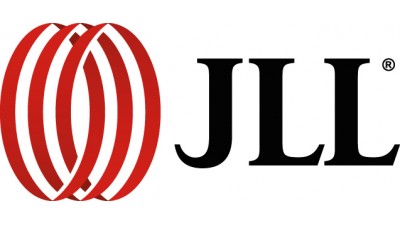Loan Refinancing A Longer And More Complicated Process For Commercial Property Owners And Banks

Pressure on banks ranging from Dodd-Frank regulations to constrained available credit for investor real estate and rigorous loan requirements has affected community bank refinancing.
The shrinking availability of loans and growing hesitancy of lenders have not been the only factors making refinancing harder to obtain. Faced with growing application paperwork, peaking property values and lengthy loan timelines, the roadblocks to receiving a loan have only increased.
A softening market across some property types has not made the process easier. Several years after investing in building renovations or offering concessions to tenants to encourage leasing, owners are finding themselves overleveraged with their mortgages, and banks cannot get to the same loan value as they could a few years ago. Refinancing to take advantage of lower interest rates has become difficult.
Traditional lenders have less to give away. Dodd-Frank increased the amount required in loan loss reserves, taking away a larger portion of available capital for investment. JLL Finance Group Managing Director Baxter Fain has noticed a 10% gap compared to previous loan-to-value ratios.
“Whereas before a bank might take on a 75% to 80% LTV, now you are seeing LTVs from 65% to 70%,” Fain said.

The inability to refinance plays into a larger cycle. Attempting to recoup their losses, owners might attempt to sell their property. But a peaking market, particularly in multifamily, has made deals sluggish.
“Buyers feel like values are at a peak and are not being as aggressive,” Fain said.
For smaller property owners, many of whom have a large portion of their cash tied up in their property, playing the waiting game to sell could damage their livelihood. The timeline has extended for the loan process, and has become more complicated.
While waiting for the refinancing process, the loan might reach maturity. Depending on how long it takes to be approved, tenants might leave during the process, putting owners at a greater income deficit than before.
“What was once a 10-page application has grown to over 100,” Fain said. “Time kills deals.”
One way to quickly fill the loan proceeds gap is with private real estate funds. On the private lending side, non-publicly traded mortgage REITs have to comply with the securities offerings to their investors. The downside is that interest rates are often higher.
Fain said, at one level, bank hesitancy is part of a natural real estate cycle. What makes this downside challenging has been increased regulation like Dodd-Frank. Requirements like Basel III, which also addresses issues of capital reserves, liquidity and risk assessment, applies to every size banking institution.
“My hope is that the rules and regulations that Dodd-Frank requires for community banks to follow will be revised,” Fain said. "For smaller community banks, what you will see is that the cost of banks to comply with regulations is similar whether you are a $500M asset bank or a $2B asset bank. And what it is doing is really crippling what those banks can do in our communities.”
While revisions to Dodd-Frank remain a much discussed, albeit contentious, topic in Washington, for now the best solution is education.
“Getting involved with our clients, sooner rather than later, and laying down the groundwork in the beginning to avoid all of those surprises at the back end — that’s a big part of what we do,” Fain said.
To learn more about this Bisnow content partner, click here.

